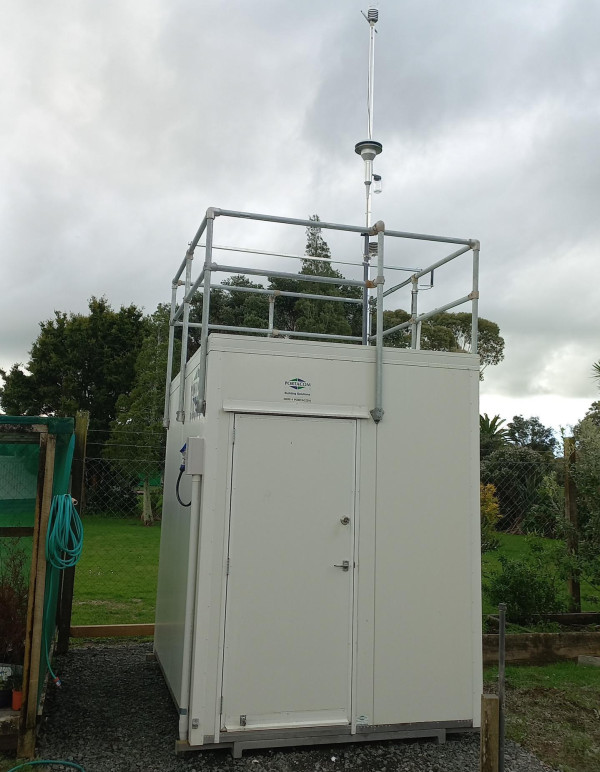Dargaville Air Quality
An air emission inventory for Dargaville
Northland Regional Council (NLRC) is progressively establishing air quality monitoring sites across their region to guide air quality management.
NLRC Resource Scientist - Air, Obi Khanal explains that monitoring stations have already been established in Whangārei and Kaitāia based on work undertaken for the Council in 2020. The next focus for NRLC is to establish a permanent monitoring station in Dargaville. To find where the most suitable location is to establish this long term monitoring site and identify sources of PM10, PM2.5 and other air contaminants, NLRC contracted University of Canterbury and Environet Ltd to undertake an emission inventory and distribution of particulate matter in Dargaville airshed. The work was funded by an Envirolink advice grant (2401).

Air Quality over Dargaville (NRC)
The purpose of the report was to quantify discharges to air in Dargaville by establishing an air emission inventory and collate this data with other information to determine the most suitable location for future monitoring.
The National Environmental Standard for Air Quality (NESAQ) requires that air quality monitoring take place at the location that has the highest concentrations of pollutants in an airshed. Although a mobile monitor has been used to measure air quality in Dargaville since 2017 air quality in the township was not well characterised.
The investigation included work to establish the areas of highest emission density and evaluated this information in conjunction with meteorological data such as wind speed, wind direction and air temperature. The inventory includes an assessment of emissions from domestic heating, motor vehicles, industrial and commercial activities and outdoor burning. The focus of the inventory was on suspended particles (PM10 and the PM2.5 subcomponent of PM10, as well as carbon monoxide, nitrogen oxides and sulphur oxides.
Results from the inventory indicate that in Dargaville, like most urban areas in New Zealand, the main contributor to annual and daily PM10 and PM2.5 is domestic home heating. Emissions from outdoor burning were also found to be very prevalent and contribute significantly to daily and annual PM10and PM2.5 total emissions. Obi says “we were surprised by the contribution from outdoor burning activities however this now enables us to better direct our responses.”

New air quality site in Dargaville (NRC)
The report proposed two locations for future monitoring which provide suitable locations to capture the most robust air quality data. Obi says “Based on this work we have already installed PM10 and meteorological stations at preferred site and will look to include PM2.5 monitoring site in the future as resources allow. The investigation enabled by Envirolink has greatly assisted us in moving forward with our air quality monitoring.”
Last modified: